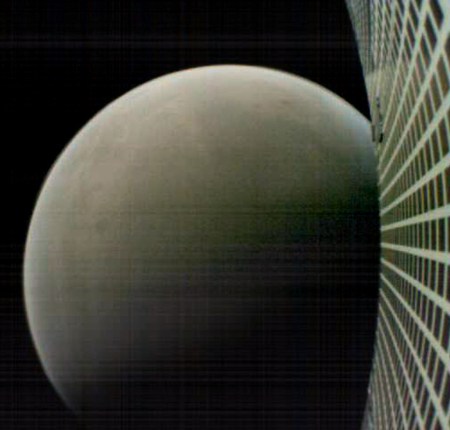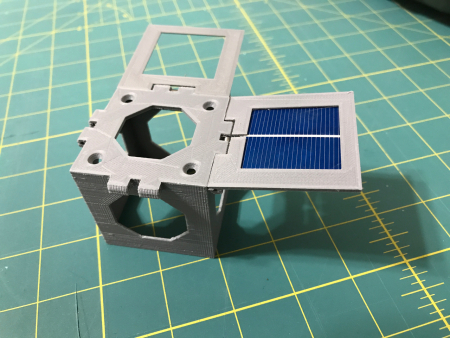Japanese startup signs deal to provide its smallsat thrusters to South Korean university
Pale Blue, a Japanese startup which focuses on building water-vapor thrusters for cubesats, has signed a deal with Yonsei University in South Korea to provide that school smallsat thrusters for the satellites built by its students.
“Our mission aims for demonstrating cutting-edge laser communication, orbital maneuvering and formation-keeping,” Sang-Young Park, a Yonsei University astronomy professor, said in a statement. “These thrusters perfectly meet our requirements and offer the advantage of being not only environmentally friendly, but also free from regulatory constraints.”
Pale Blue proved its Resistojet thruster in orbit for the first time in March on a Sony Corp. Star Sphere satellite. Pale Blue plans to establish mass production of Resistojet thrusters to reduce the cost and lead time for potential customers in the United States, Europe and Asia, said Yuichi Nakagawa, Pale Blue co-founder and chief technology officer.
The company is also developing both an ion and hybrid thruster for satellites, and is another example of how the lowering of launch costs has encouraged the arrival of many new space companies doing many different things.
Pale Blue, a Japanese startup which focuses on building water-vapor thrusters for cubesats, has signed a deal with Yonsei University in South Korea to provide that school smallsat thrusters for the satellites built by its students.
“Our mission aims for demonstrating cutting-edge laser communication, orbital maneuvering and formation-keeping,” Sang-Young Park, a Yonsei University astronomy professor, said in a statement. “These thrusters perfectly meet our requirements and offer the advantage of being not only environmentally friendly, but also free from regulatory constraints.”
Pale Blue proved its Resistojet thruster in orbit for the first time in March on a Sony Corp. Star Sphere satellite. Pale Blue plans to establish mass production of Resistojet thrusters to reduce the cost and lead time for potential customers in the United States, Europe and Asia, said Yuichi Nakagawa, Pale Blue co-founder and chief technology officer.
The company is also developing both an ion and hybrid thruster for satellites, and is another example of how the lowering of launch costs has encouraged the arrival of many new space companies doing many different things.



